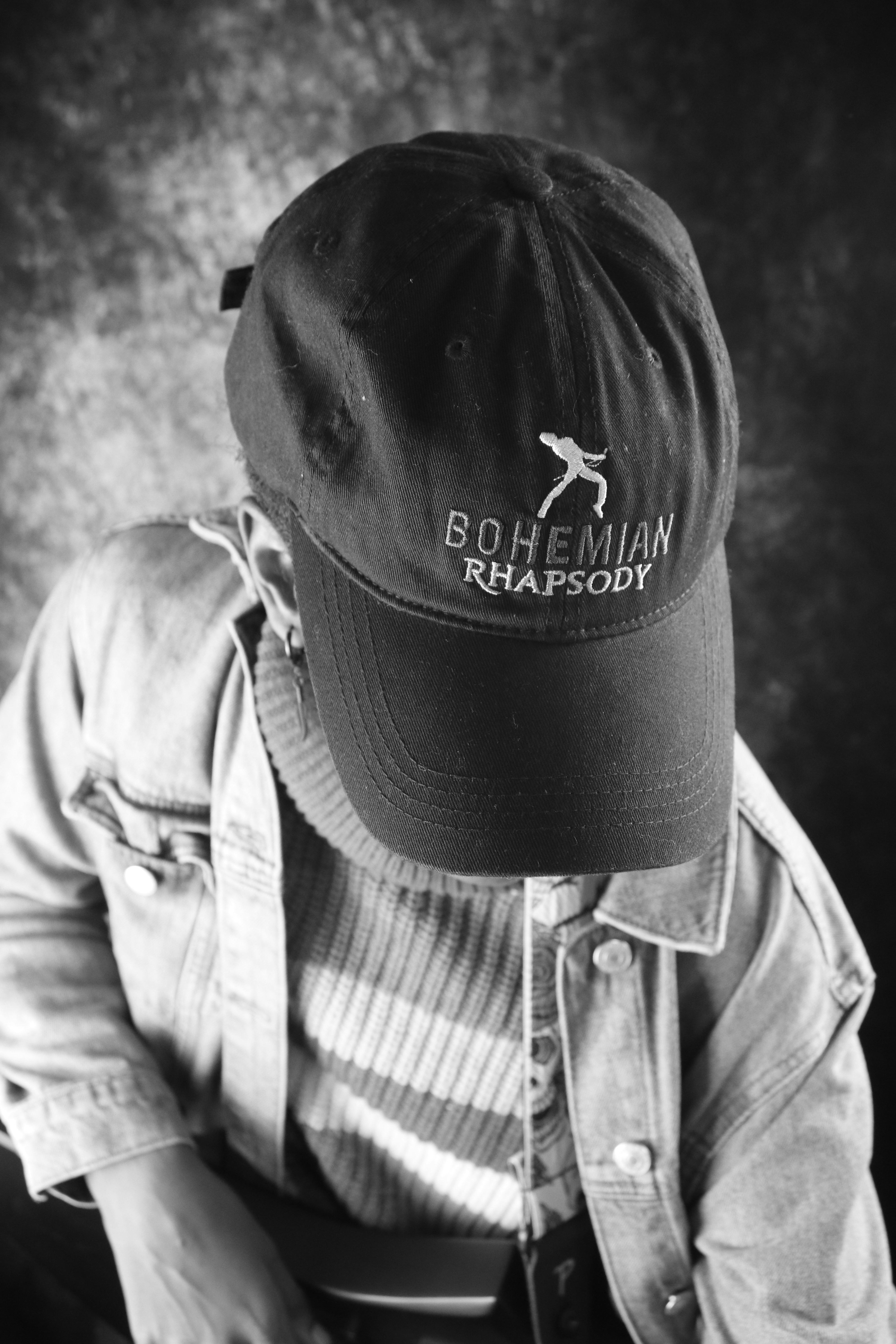Freddie Mercury, the enigmatic frontman of Queen, remains an enduring icon in the annals of rock history, celebrated for his unparalleled vocal prowess and flamboyant stage presence. Among the numerous hits that cemented his legacy, “Bohemian Rhapsody” stands as a magnum opus, both musically intricate and thematically profound. This song, with its unconventional structure and eclectic blend of musical genres, encapsulates the very essence of Mercury’s artistic spirit. In this analysis, we delve into the layers of “Bohemian Rhapsody” to uncover how its lyrical complexity, operatic influences, and dynamic transitions mirror the multifaceted persona of Freddie Mercury. By examining the song’s composition and the cultural impact it has sustained over the decades, we gain insight into how Mercury’s genius continues to resonate, transcending the boundaries of time and genre.
Freddie Mercurys Unique Vocal Techniques and Their Impact on Bohemian Rhapsody
Freddie Mercury’s extraordinary vocal abilities were a cornerstone in crafting the multifaceted masterpiece that is “Bohemian Rhapsody.” Known for his impressive range and dynamic expressiveness, Mercury employed a variety of vocal techniques that were pivotal in shaping the song’s unique sound. His use of operatic vocals, characterized by a powerful vibrato and a dramatic flair, provided the song with its iconic grandeur. This operatic influence is most evident in the middle section, where Mercury’s voice transcends conventional rock boundaries, merging seamlessly with the intricate harmonies and theatrical instrumentation.
Another technique that stands out in Mercury’s vocal delivery is his ability to shift effortlessly between different vocal styles. This versatility is showcased in the song’s transitions from rock ballad to opera to hard rock, each executed with precision and emotional depth. The following elements highlight Mercury’s vocal prowess:
- Dynamic Range: His ability to transition from soft, melodic tones to powerful, resonant peaks.
- Emotional Expression: Conveying complex emotions through subtle nuances in pitch and intensity.
- Innovative Layering: Overlapping vocal tracks to create rich, textured harmonies.
These techniques not only set Mercury apart as a vocalist but also played a crucial role in making “Bohemian Rhapsody” a timeless classic, resonating with audiences across generations.

The Role of Lyrical Complexity in Reflecting Mercurys Personal Struggles
The intricate layers of “Bohemian Rhapsody” serve as a powerful lens through which we can examine Freddie Mercury’s personal struggles. The song’s nonlinear narrative and eclectic shifts in musical style mirror Mercury’s internal conflicts and complex identity. The lyrics are an enigmatic tapestry that invites listeners to delve into themes of guilt, existential dread, and redemption. Mercury’s use of abstract and metaphorical language provides a veil of ambiguity, allowing for a multifaceted interpretation of his personal battles. The dramatic operatic section, with its theatrical flair, suggests a struggle for liberation and self-expression amidst societal constraints.
- Metaphorical Language: The song’s abstract nature allows for diverse interpretations, reflecting Mercury’s own multifaceted personality.
- Musical Shifts: The transition from ballad to opera to rock symbolizes the turbulence and volatility of Mercury’s emotional state.
- Operatic Elements: These dramatic components hint at Mercury’s yearning for freedom and the internal conflict of living a life that defies convention.

Analyzing Musical Composition and Genre Fusion in Bohemian Rhapsody
Freddie Mercury’s magnum opus, “Bohemian Rhapsody,” is a masterclass in musical composition and genre fusion. The song defies conventional structures, seamlessly weaving together elements of rock, opera, and ballad. Its complexity lies in its unpredictable shifts, as it transitions from a soulful piano-led ballad into a dynamic opera section, before exploding into a hard rock crescendo. This innovative approach not only captures the essence of Mercury’s artistic genius but also challenges traditional music boundaries, inviting listeners to embark on an audacious sonic journey.
- Ballad: The song opens with an introspective piano melody, setting a contemplative mood that draws the listener into Mercury’s introspective world.
- Opera: The operatic section is marked by its theatrical flair, showcasing Mercury’s love for dramatic storytelling and vocal versatility.
- Rock: The hard-hitting rock segment infuses energy and intensity, highlighting the band’s musical prowess and Mercury’s powerful vocal delivery.
Each section is meticulously crafted, yet the transitions feel organic, reflecting Mercury’s unparalleled ability to blend diverse genres into a cohesive narrative. This genre fusion not only amplifies the song’s emotional depth but also exemplifies Mercury’s fearless approach to music creation, making ”Bohemian Rhapsody” an enduring testament to his legacy.

Understanding the Cultural and Historical Context of Mercurys Masterpiece
To truly appreciate “Bohemian Rhapsody,” it is essential to delve into the cultural and historical backdrop that shaped Freddie Mercury’s creative vision. During the 1970s, a time of artistic experimentation and cultural upheaval, Queen’s music became a symbol of non-conformity and innovation. Mercury, born Farrokh Bulsara, was a Parsi from Zanzibar who grew up in India before moving to the UK. This unique blend of cultural influences is reflected in the song’s eclectic style, which effortlessly blends rock, opera, and balladry. The era’s spirit of rebellion and exploration was mirrored in the song’s structure, challenging traditional musical conventions and expectations.
- Cultural Fusion: Mercury’s diverse background informed the song’s boundary-pushing approach, making it a tapestry of global influences.
- Social Climate: The 1970s were marked by a quest for identity and freedom, resonating with Mercury’s own journey of self-discovery and expression.
- Musical Innovation: The song’s unconventional structure, with its operatic segments and lack of a repeated chorus, broke the mold of contemporary music at the time.
